What Are Examples of Good Product Detail Pages?

Product detail pages (PDP) are key for successful e-commerce sites. Customers rely on PDPs to gather information to complete their purchases. fabric co-founder Ryan Bartley lays out the crucial elements to building a perfect PDP, including:
- Fast load times
- Mobile optimization
- Reviews and social proof
- Presenting all relevant attributes
- Ample amount of visuals
- Recommendations and upsells
The central idea of these components is to make the shopping experience as easy as possible for the customer. Some brands and retailers do this better than others.
In this post, we’ll review three great product detail page examples from businesses using the assortment of fabric’s e-commerce products.
[toc-embed headline=”Product Detail Page Examples”]
Product Detail Page Examples
Bodybuilding.com
Bodybuilding.com is a business-to-consumer (B2C) marketplace for a range of nutritional products. Their e-commerce site uses a simple design to reduce distractions and draw attention to their products. Below is the PDP for its most popular protein powder:
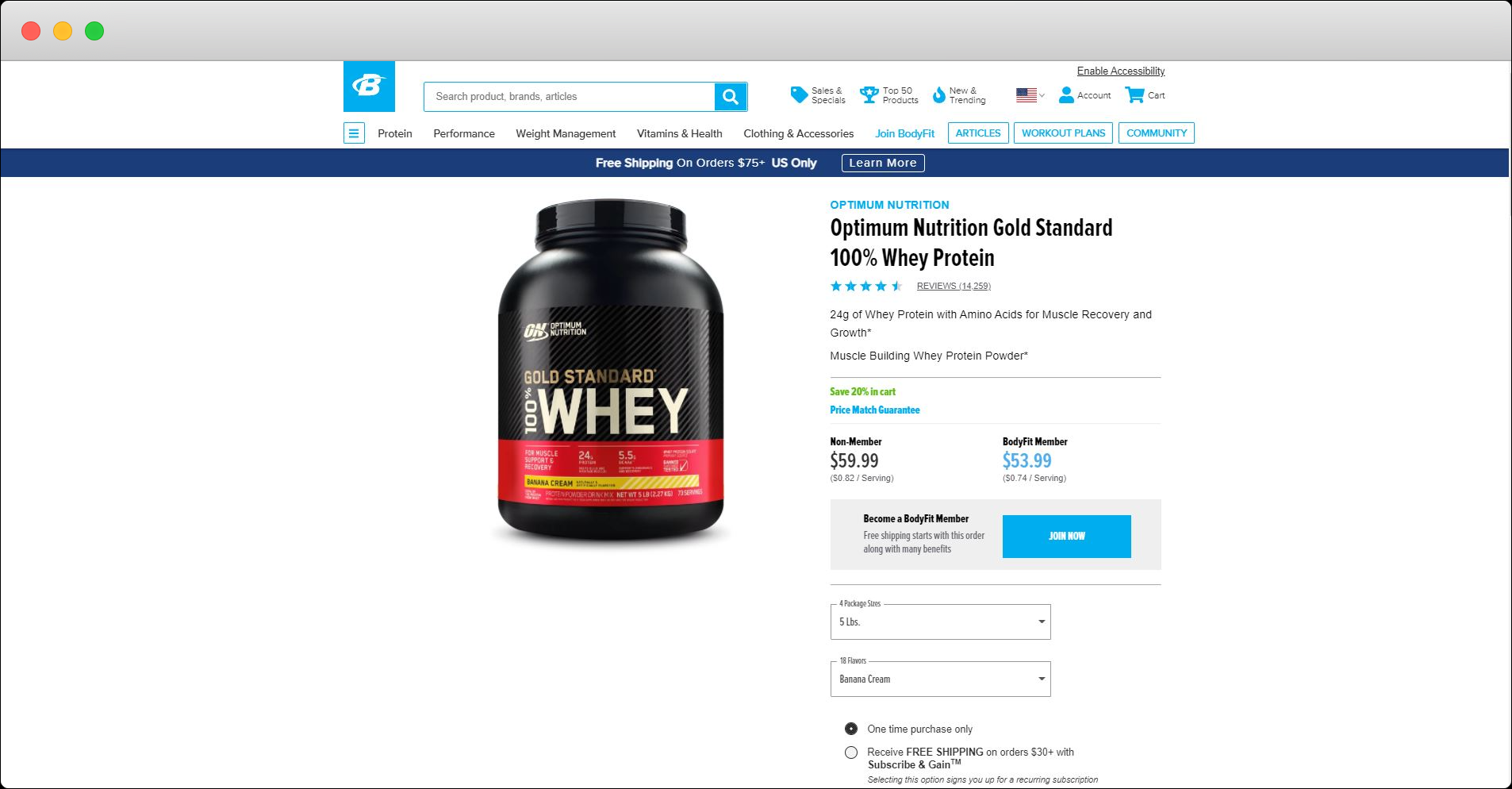
When you select a new product variant, the image and nutrition information automatically match your selection. You can set up a recurring subscription or sign up for a membership and receive discounted pricing or free shipping.
Scrolling down, you’ll find the item’s details and a list of recommended products:
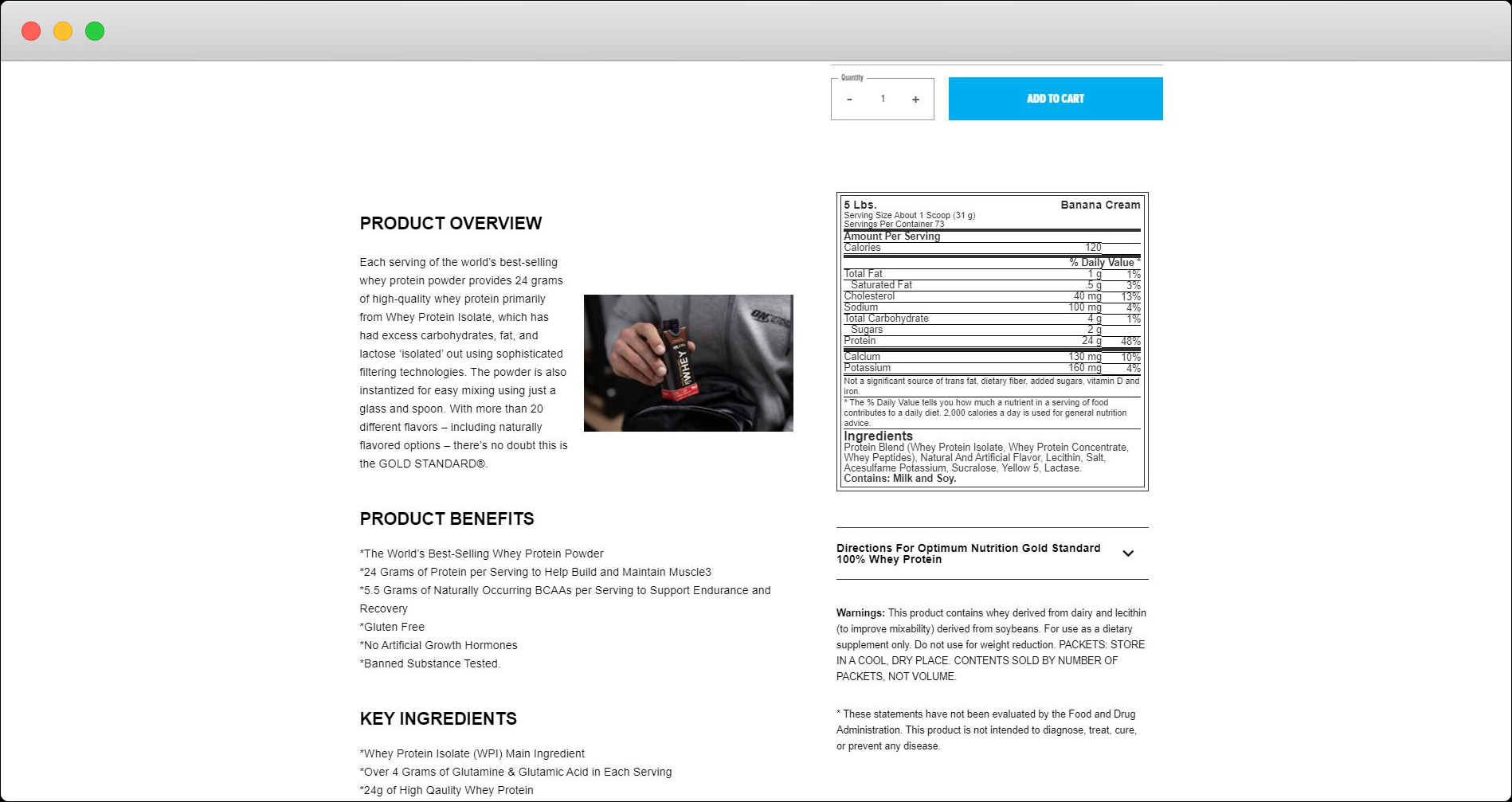
Further down are customer reviews. With over 14,000 reviews, the product provides social validation. Visitors can take advantage of this section to search for specific topics and filter results.
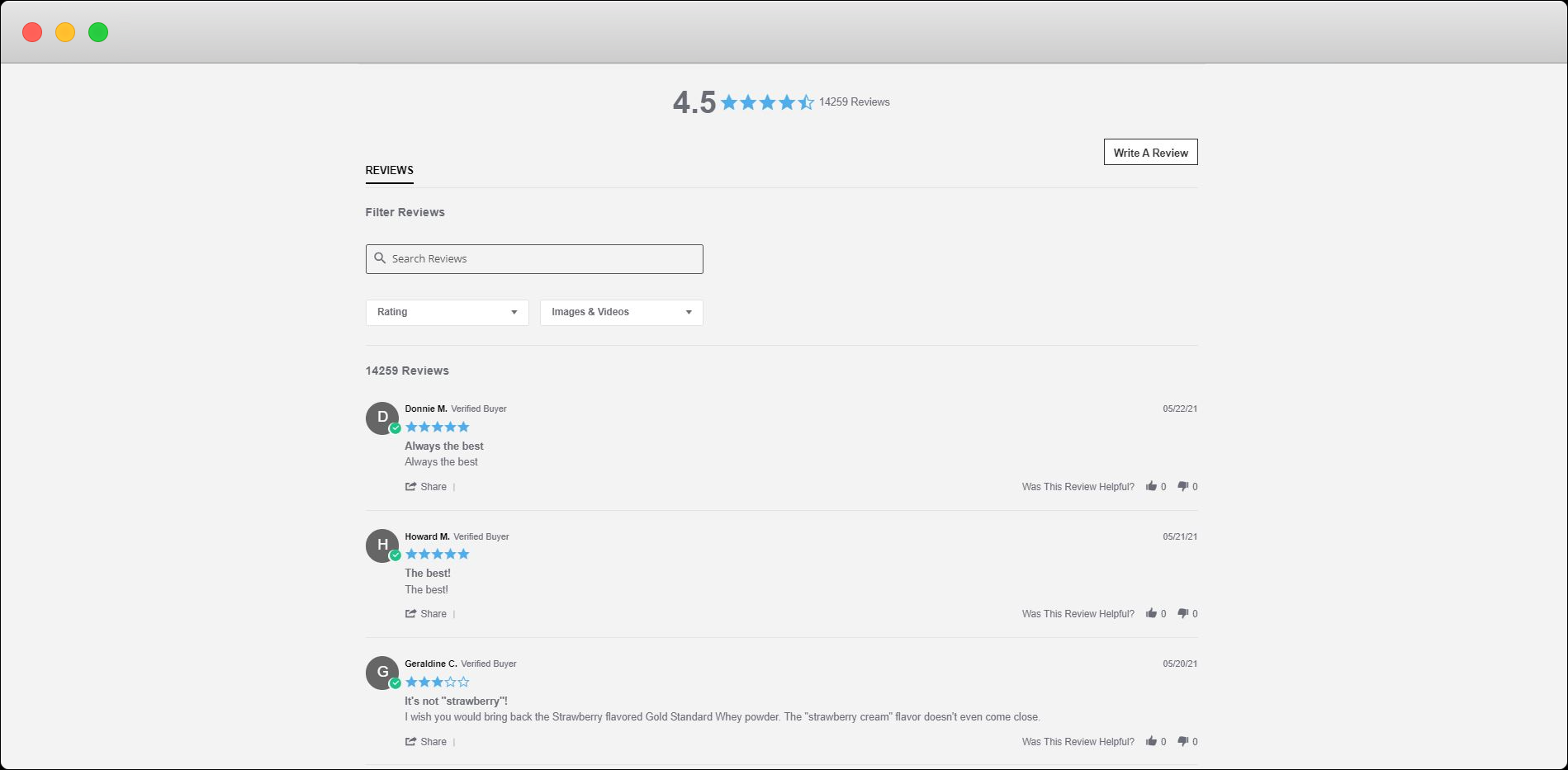
IQBAR
As another business in the nutrition industry, IQBAR manufactures various protein bars, selling them directly to consumers (D2C) through their e-commerce site. The company also wholesales items to other businesses.
Using fabric Storefront, IQBAR can quickly design attractive PDPs that align with their brand. Below is its PDP for a bundle of protein bars:
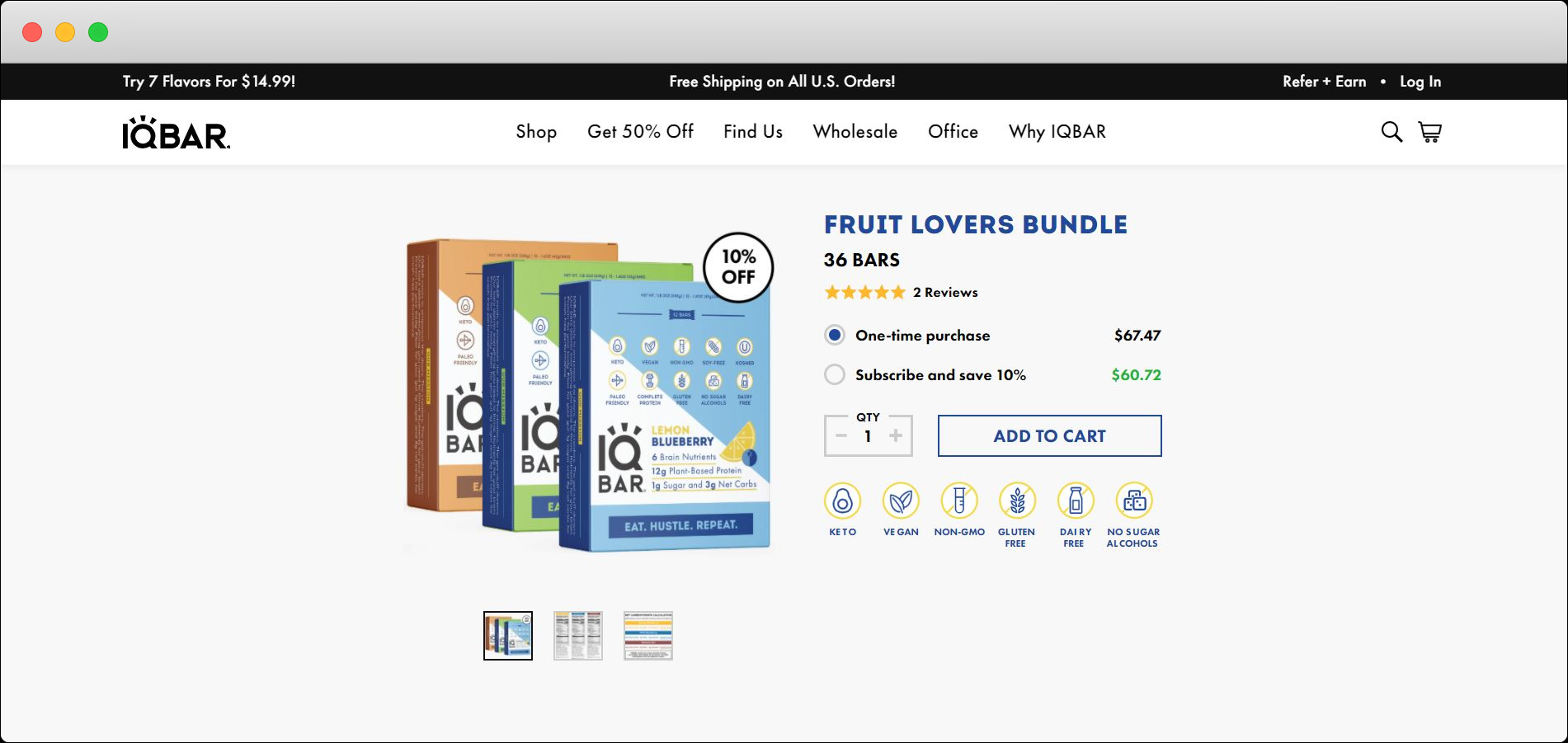
As a nutrition brand targeting health-conscious consumers, the PDP must provide ingredient details. It also must disclose whether the product adheres to specific dietary restrictions.
Beneath the add to cart button, you can see if the product fits your preferred diet. Scrolling more, you can find a complete list of ingredients and nutrition facts:

Further down displays cross-sell recommendations and reviews from previous customers. Each reviewer has a verified badge to increase the feedback’s legitimacy.
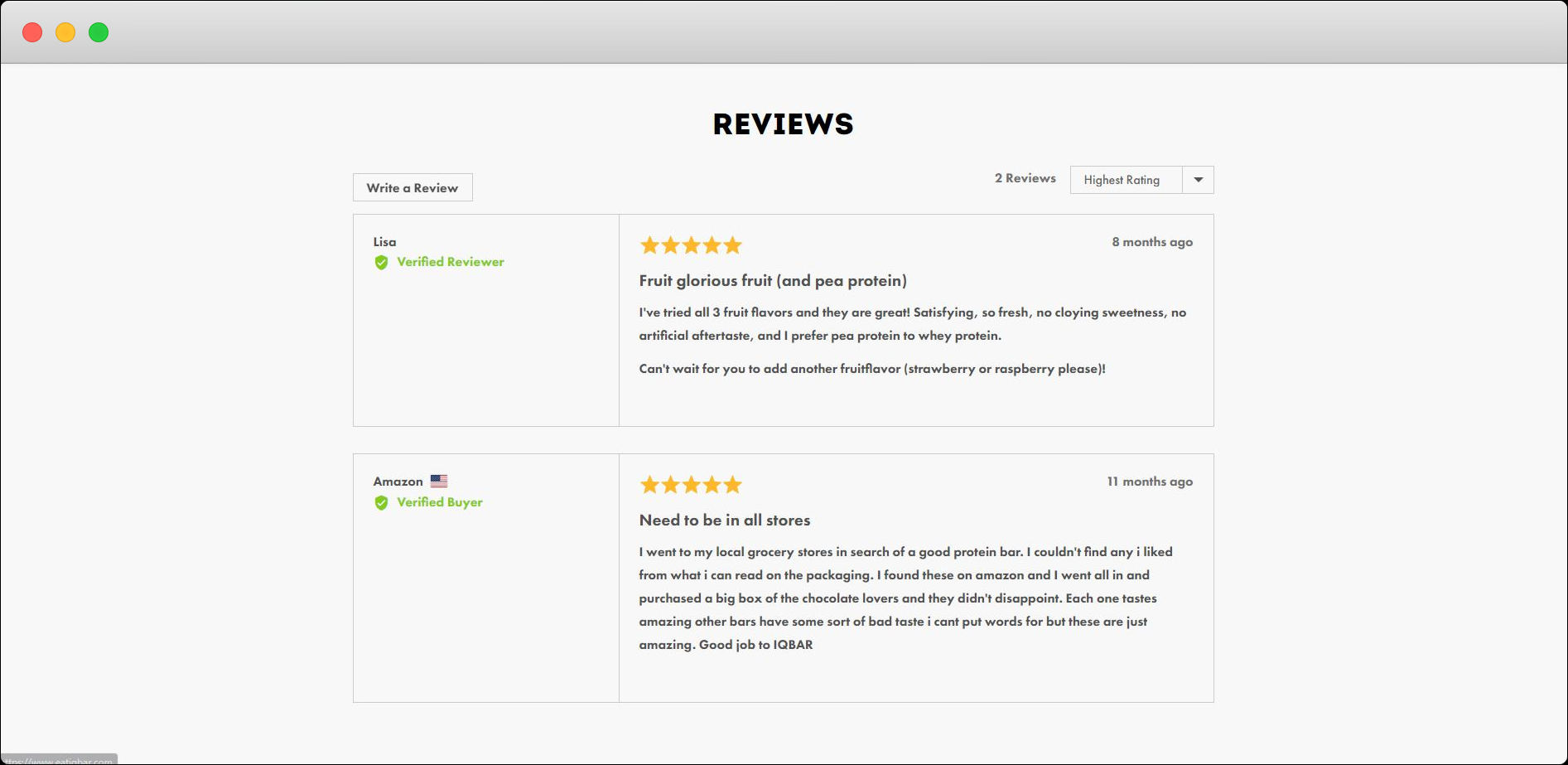
MSC
MSC Industrial Supply is a business-to-business (B2B) distributor of maintenance, repair, and operations products. As B2B buyers have complex needs, product information is even more essential.
MSC provides its buyers everything they need to know about potential products. Below is its PDP for a handheld wire stripper:
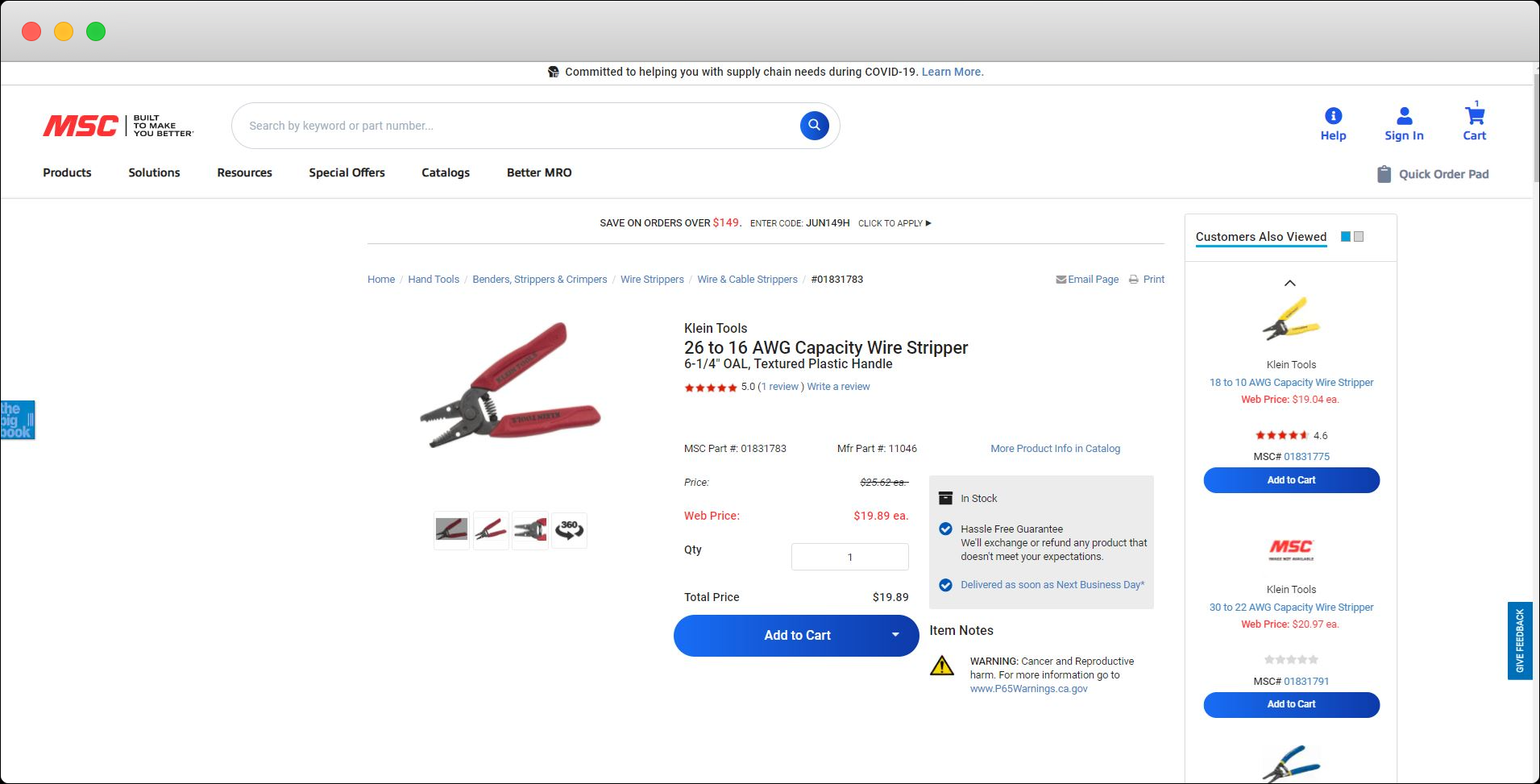
Above the fold contains the product title, price, and add-to-cart options. Below are the product details, including a description, features, and specifications. There is also a set of alternate products for comparison purposes.
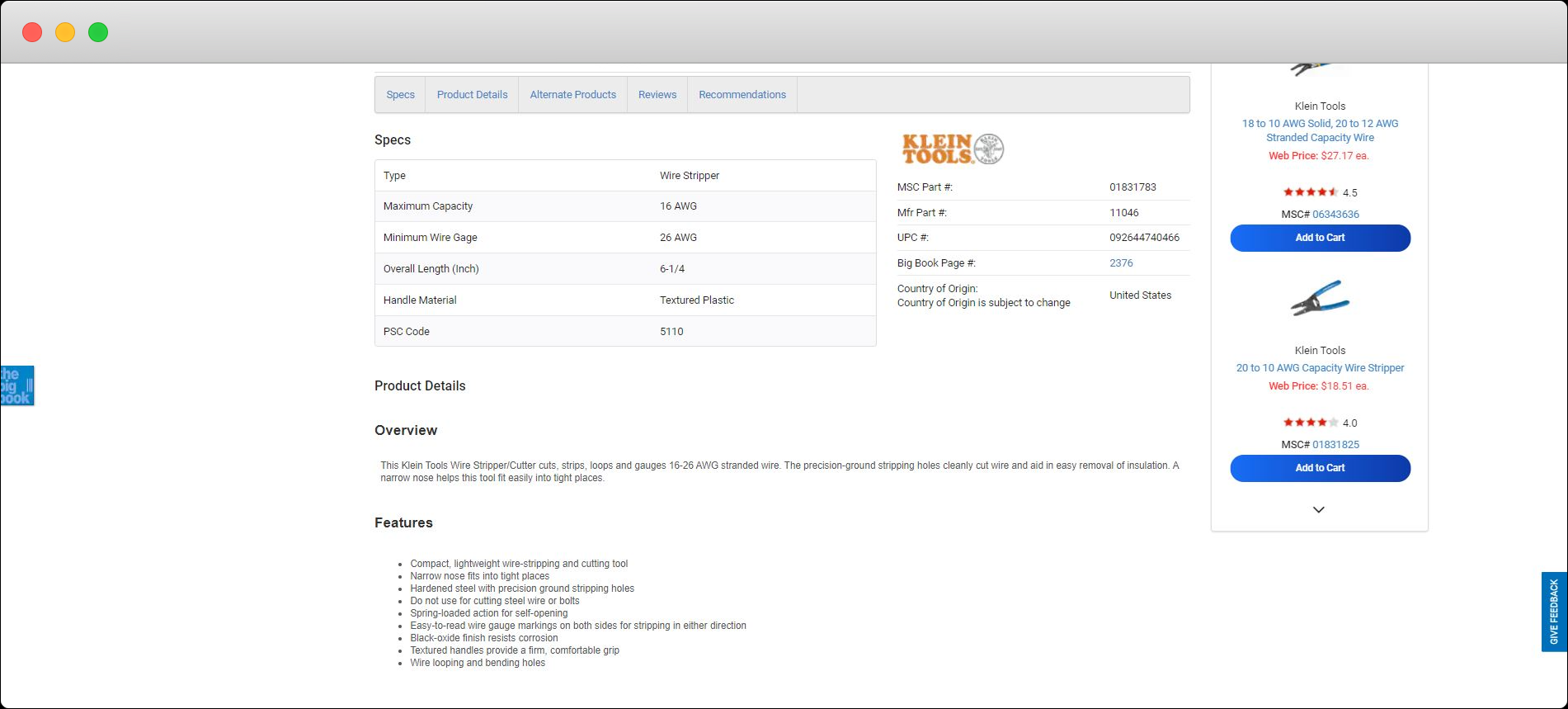
Further down are half a dozen images, a 360-degree rotatable image, and a video:
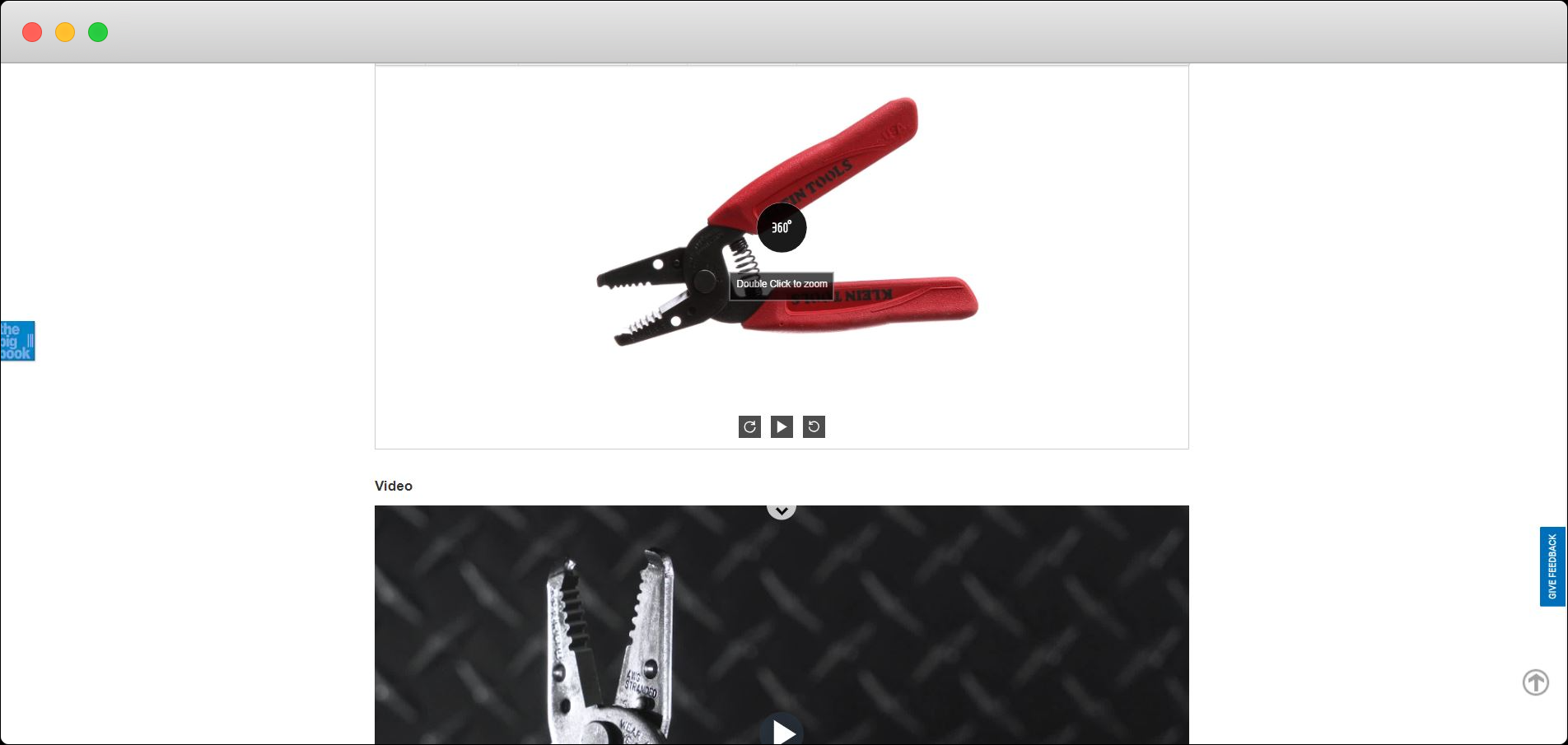
MSC provides recommendations, including related items in the sidebar and “customer also bought” items beneath the reviews. MSC personalizes your buying experience by showing recently viewed products at the end of the page.
[toc-embed headline=”Conclusion”]
Conclusion
Creating PDPs at scale requires robust e-commerce technology. With tools like fabric XM and Storefront, marketers can build reusable components to optimize customer experiences.
Take advantage of these platforms that seamlessly integrate with your PIM and other software to ensure a consistent experience across all your channels.

Strategic advisor and CTO @ Foundry. Previously director of consumer shopping experience @ Amazon.